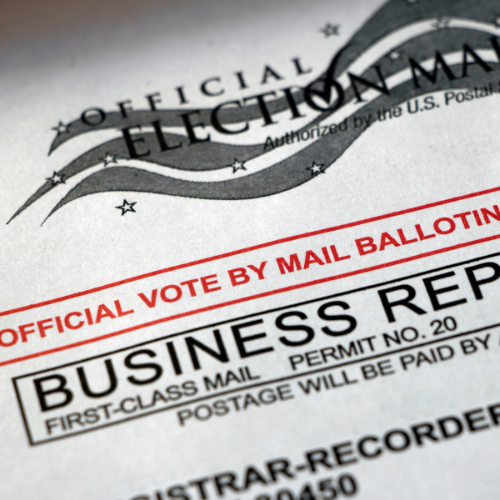The tables here address the following questions:
Who voted by mail in the 2016 presidential election, by salient demographics (i.e., age, race, education, income, partisanship)?
Who supports expanded voting by mail?
How do people return mail ballots?









